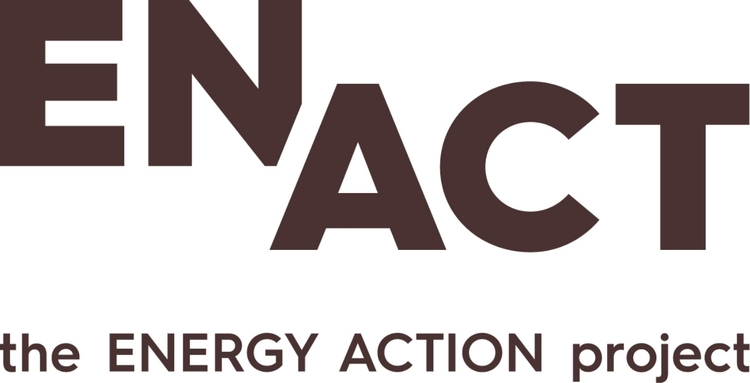A former high school teacher who subsequently joined La Alianza contra la Pobreza Energétic (APE) in Barcelona, Irene González-Pijuan quickly recognised a gaping hole in research on energy poverty: little work had been done on children, arguably the most vulnerable group.
Early every morning, Oman and his family haul empty water jugs to the town square in el Raval (a neighbourhood in Barcelona, Spain), trying to reach the fountain and return before neighbours figure out the reason for their morning treks. They don’t have running water at home.
Irina describes how her mother flips light switches on and off or twists faucets at the sink throughout the day. She says she doesn’t understand why her mother does this but knows something is wrong.
Children observe small gestures such as a mother constantly checking a light switch; without explanation, they may create their own story about why the light sometimes doesn’t come on. Photo: Donald Gruener
Sophia spends long nights in darkness and fear, and notices that her older brother never finishes his homework. Without electricity, they have no way to keep scary shadows at bay or the pages of a math textbook well-lit.
While working with La Alianza contra la Pobreza Energétic (APE / Alliance Against Energy Poverty), Irene González-Pijuan carried out research to understand how lack of access to energy affects the health, well-being, educational attainment and social interactions of children and adolescents. With the work based primarily on policy reviews and interviews with policy makers, she knew a key piece was missing.
“I couldn’t manage to get the children's perspective and I felt that was something I had to do,” says González-Pijuan.
That desire prompted her to pursue a PhD programme at Sheffield Hallam University (UK). Recently, with extra funding from the ‘Energy Poverty in Early Career’ (EPEC) grant from the Fuel Poverty Research Network (FPRN), she was able to add the element of carrying out research based on direct interaction with children in the Canada Real and Raval neighborhoods in Spain, the former of which is home to 1 120 minors.
Since October 2020 – i.e. the height of the COVID-19 pandemic – families living here have had their electricity supply cut off by the main energy company, Naturgy. Hence, no light to read or do homework at night, no electric heat, and difficulties accessing hot running water.
Across Europe, different sources estimate that between 36 and 100 million families[1] are living in energy poverty, with children and teens making up a large share. With the current energy crisis and prices skyrocketing, the number is expected to grow this winter.
And Then There Was Light is an eye-opening collection of stories such as those above that capture the daily reality of children experiencing energy poverty – an abstract concept that is hard for many grown-ups to grasp. The idea for the storybook came about when González-Pijuan and the APE realised that material they had gathered could help parents find ways to talk with their children about their situation while also showing that others face similar difficulties.
“This story was inspired … by the brave children of Canada Real (Madrid, Spain); as of October 2021, they had been living without electricity for more than one year.” Illustration: Ivonne Navarro
In a forthcoming academic paper, González-Pijuan will highlight both findings and methods others can use to give a voice to this particularly vulnerable group.
For more information on how González-Pijuan carried out this research and its outputs, click on ‘In-depth’ above.
This article was written by Kate Denhart while doing an internship with EnAct in Summer 2022.
The research carried out by Irene González-Pijuan was funded by the Fuel Poverty Research Network, a UK-based charitable organisation for which EnAct founder, Marilyn Smith, serves on the Board of Trustees.



